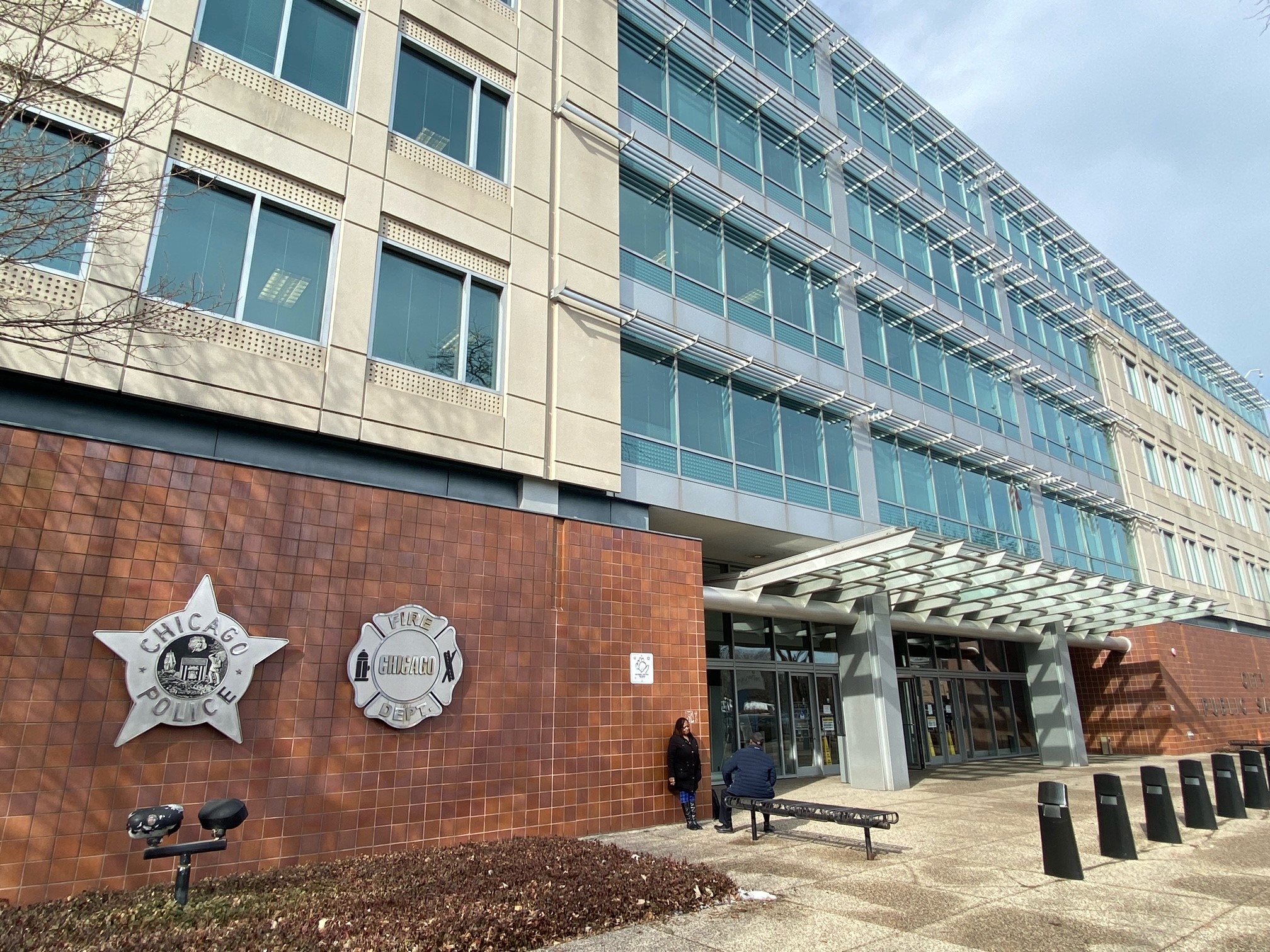If you’ve ever had the feeling that the days are going by faster and faster, it may not just be your perception of time.
That’s because the Earth’s rotation, which causes the sun to rise and set in the sky, has lately been going just a little bit quicker than normal, making for days that aren’t exactly 24 hours in length.
That speedier rotation was on full display recently, according to scientists in England quoted by the Guardian and Popular Mechanics, June 29 marked the fastest “day” in at least the last 60 years, when atomic clocks came into use to help develop a more precise method of timekeeping.
According to those scientists, the day was 1.59 milliseconds shorter than a full 24 hours, and while that may not seem like much, the cumulative effect of that faster-than-normal rotation over a period of time could cause some unique challenges from both a scientific, and a civil, perspective.
Feeling out of the loop? We'll catch you up on the Chicago news you need to know. Sign up for the weekly Chicago Catch-Up newsletter here.
For context, there are 86,400 seconds in a standard 24-hour day. That equates to 86,400,000 milliseconds.
Faster-than-normal rotations of the Earth could leave scientists to grapple with several questions, including whether a potential “negative leap second” could be required if the trend continues.
June 29 wasn't a one-off event either. On July 26, the day was 1.5 milliseconds shorter than normal, coming close to setting another record. In 2020, the previous 28 fastest days on record were also recorded, according to scientists.
Local
The cumulative effect of all those quicker-than-usual days could require officials and scientists to get creative, and the way they would do it is fascinating.
Most people are familiar with the idea of a “leap year,” knowing that the Earth doesn’t take exactly 365 days to revolve around the sun. While not exact, the Earth takes around 365 ¼ days to do so, meaning that every four years an extra “Leap Day” is added to help make up the difference and to keep our civil calendars in line.
Since the Earth has typically rotated at a slower-than-normal pace, a “leap second” has also been introduced, with that extra second of time typically added on either June 30 or Dec. 31, according to TimeandDate. The last leap seconds occurred on June 30, 2015 and Dec. 31, 2016, with another one proposed for Dec. 31, 2022.
The current situation of the planet rotating at a faster-than-normal rate could potentially instead lead to the subtraction of a “negative leap second,” which could potentially wreak havoc on IT systems around the world, according to EarthSky.
Scientists are still grappling with just how serious a challenge the faster rotation is, so it doesn't appear that a "negative leap second" is imminent.
The other question, of course, is WHY the planet is rotating faster than it usually does.
The answer is not totally clear. There are plenty of reasons that it could rotate faster, including seismic activity and earthquakes. The so-called “Chandler wobble,” which involves irregular movements of the planet’s geographic poles, could also be causing the planet to spin faster.
That wobble causes the exact locations of the geographic North and South Poles to change by as much as three-to-four meters a year, but the wobble was not observed at all between 2017 and 2020, according to researchers.
Still though, other forces can actually cause the planet’s rotation to slow, including the tidal forces exerted on Earth by the Moon and even winds from the El Nino weather phenomenon.
According to The Guardian, scientists with the Asia Oceania Geosciences Society will gather this week to discuss the faster-than-normal rotation of the Earth, so we could potentially learn more about the interesting phenomenon.



